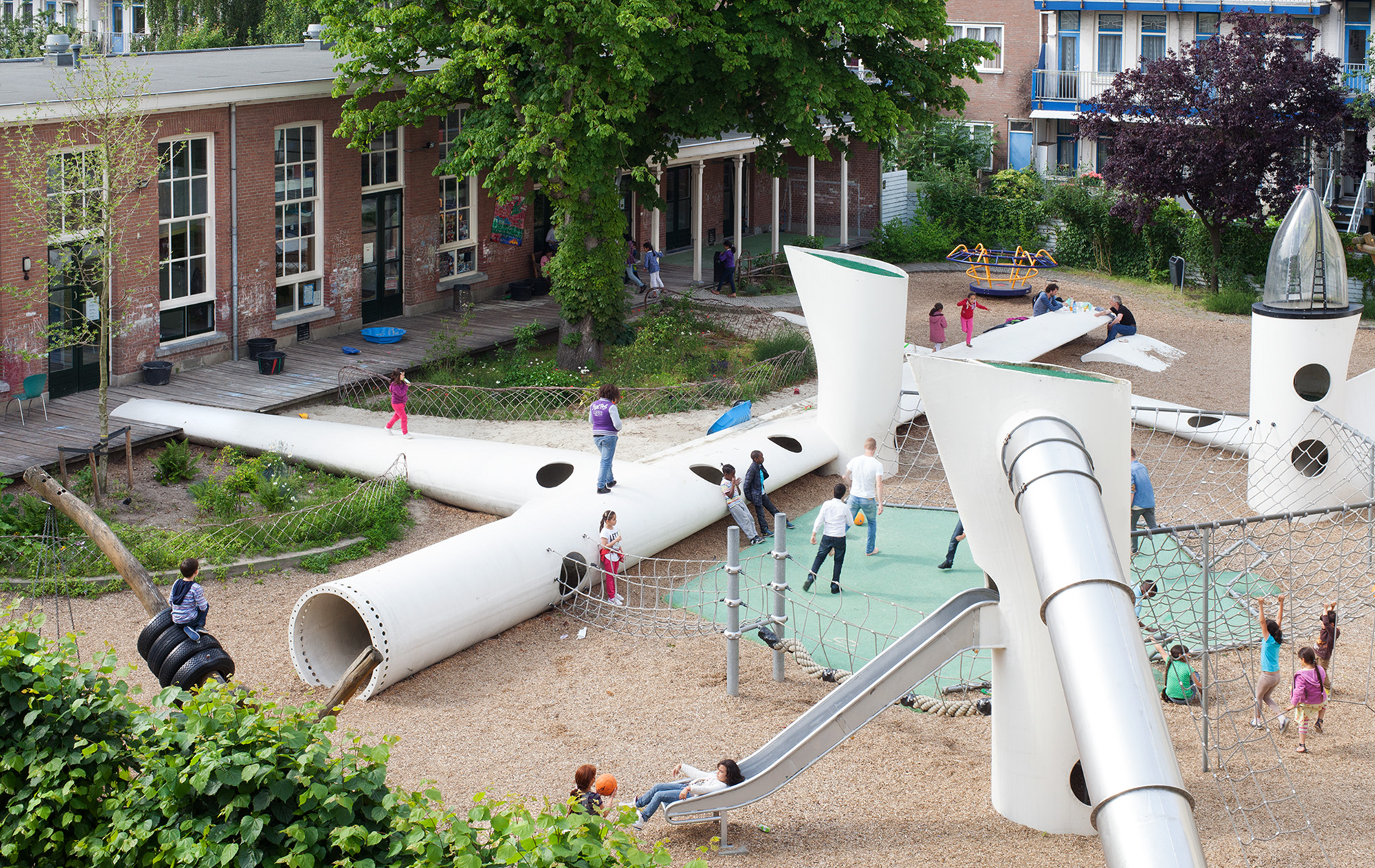In a previous post I mentioned my experience with a repowering (a wind farm where the old turbines are exchanged with new models to increase the production and lower the maintenance costs).
But what happen with the old turbines when they are dismantled?
For some of them there might be a new life. There is a market for second hand turbines – some years ago I met one guy who purchased a bunch of old WTGs (I believe they were in the 200 KW range) and made his own wind farm with a very reasonable investment.
However the majority of decommissioned turbines are scrapped. This bring some challenges because not all components are so easy to recycle.
In order of complexity I would say that the least problematic element is the tower – it’s usually made of steel and it can be easily sold at the current market price.
The foundation is another element that can be left untouched below ground or demolished. The resulting material can be used again in construction, for instance in a road embankment, sub base or even as aggregate in new concrete elements.
I’ve also seen a very interesting technical solution where the old foundation becomes part of the new one – in this case you will need to have both the new and existing turbine at the same coordinates.
The nacelle has several different elements, including some that are potentially contaminating (e.g. the oil of the gear box). More complex to recycle but still doable.
By far the most challenging components are the blades. Usually they are made of composite materials – steel and glass or carbon fibers reinforcement in a polymer matrix. Usually this matrix is thermoset, meaning that the polymers are cross linked (that is, it will be very difficult to separate the elements).
The difficulty start from the logistic. Blades are very long elements: the old are around 20 meters, but recent models are already above 50 meters and they need special trucks to be moved. Theoretically you could chop them into pieces before transportation but the tools could not be easily available, and I also see some safety risk in cutting blades on site.
The following problem is what to do with them: as mentioned there separating the components is not simple, so today many blades ends in a landfill. Alternative solutions are currently being investigated but it’s still challenging to find a cost effective solution.
There are also alternatives uses: in northern Europe (Netherlands, Denmark, France) there are several architectural projects made using old blades, such as kids playground, bus stops, seats and even bridges.


Leave a Reply